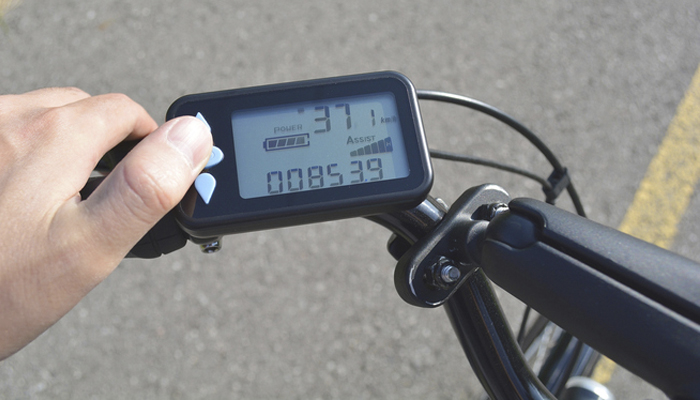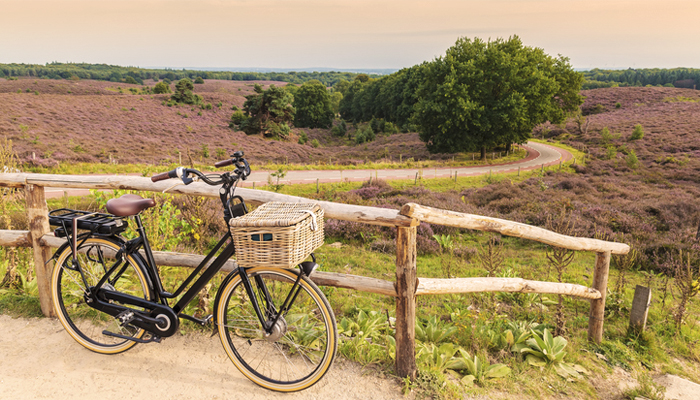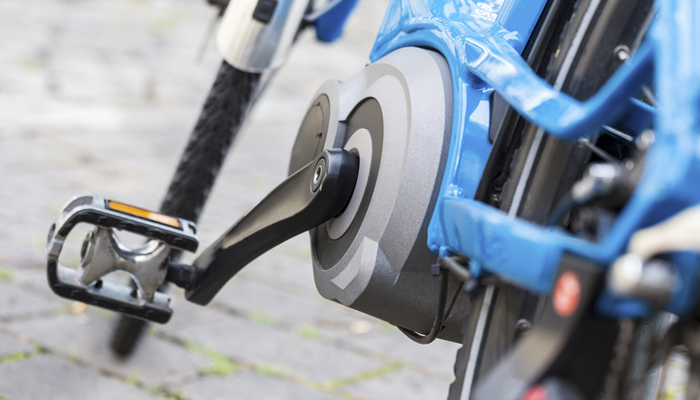If we have to pick the most pleasant, idyllic vehicle, it has to be the bicycle. It’s perfect for almost any trip close to home, but where it really comes into its own is on holidays, right? That said, sometimes cycling requires real effort, and we arrive at our destination exhausted and sweaty. This puts some people off, but what if we told you that there was a way to enjoy the benefits of cycling without any of the drawbacks? That sounds like a case for the electric bike.
Since the first bicycles appeared in the 19th century, they have evolved considerably, and some of the greatest advances have come at the hand of the electric motor.
From the beginning of the 20th century right until the 2nd World War, the bicycle was the primary method of transport all over Europe, and not even the commercialisation of the car had much impact. In fact, it has always been a popular way to comfortably explore new cities or enjoy cycling tours in the countryside.
Even today, the bicycle continues to be the most eco-friendly method of transport on the market, and the installation of battery-powered motors has furthered technology’s positive impact on the vehicle. These motors increase all of the bike’s benefits and allow people to cycle longer with less effort, even on inclined ground or when transporting extra weight – like a child.
The extra power available depends on how much we pedal, but the motor provides a boost when starting off and tackling hilly terrain.

What is an electric bike, exactly?
Electric bicycles or, as some call them, e-bikes or powerbikes, are simply bikes that have had an automotive system installed that lets them generate momentum via an electrically-assisted pedal that allows the back wheel to turn with less effort.
More specifically, an electric bike should be called an electrically-assisted push bike, since the electric motor isn’t designed to transform the bike into a scooter, but just to help a little with the pedalling.
Regulations
Electric bikes have become a common vehicle all over Europe, as they allow people to have an environmentally friendly method of transport without giving up the independence of having their own vehicle.
According to EU legislation, for an electric bike to be considered as such, it should:
- Have pedals (if it doesn’t, it’s a scooter or moped)
- Possess no more than 250 W of power
- Reach a maximum speed of 25km/h
Electric bikes that meet EU Directive 2002/24/CE don’t require a driving license or insurance because they’re considered to belong to the same category as conventional bikes and can travel in bike lanes.
That said, like any other bike, if the cyclist is fit they can reach speeds of more than 25km/h without the help of the motor.
Other countries have bikes with bigger motors that can go faster, but in Europe, they would move into the scooter or moped classification.
At the end of the day, to travel calmly, the motor makes the wheels go around, and the user barely has to pedal, meaning the cyclist will arrive – as we mentioned before – at their destination as fresh as a rose.
Main components
An electric bike has three fundamental components:
- An electric motor, which is usually integrated into the wheel around the hub
- The battery, which generates electric power to feed the motor
- The control system which controls the assist levels and selects the motor strength and allows you to use greater or lesser power

Types: plug-in or according to design
For our purposes, we can talk about two main types of electric bikes – the ones where you charge the battery by plugging it in, and the auto-charge or hybrid types that recharge their own battery when you brake or go downhill, so they don’t need to be plugged in.
- The battery of a rechargeable e-bike is usually removable, so it can be more easily transported and plugged in conventionally
- The battery is what determines the electrical autonomy of the bike. This depends on battery size, but usually varies between about 25 and 100 km and requires between 1 and 5 hours of charging
- Depending on the appearance and design, you’ll also see hybrid or city bikes, which are very versatile, foldable e-bikes, and even electric road bikes
When you go to buy an e-bike, knowing where the motor is located is of huge importance – a front motor is very easy to change and helps better distribute the weight when the battery is removed. A back motor, on the other hand, allows for greater manoeuverability and grip when cycling aggressively.
Why choose an e-bike?
E-bikes have a whole host of advantages, for both the human body and the environment. Here are a few more reasons to take into consideration:
- Using a bike is one of the best cardiovascular exercises there is
- Since it uses neither gas nor petrol, it doesn’t pollute
- It’s one of the most accessible electric vehicles around
- It’s easy to use, and a good starting point for the use of electric travel in general
- It’s perfect for getting around the city or town and has major benefits over travelling by car or on foot
- When the weather’s good, it’s a lovely way to travel
In countries like Belgium and Holland, e-bikes are one of the most popular transportation types, but in Spain, it’s a little more challenging since it’s not as flat. Many cities have multiple hills, which make using a bike a little more difficult, but e-bikes – plus the great weather – should make short work of this little problem and encourage people to try them out.
Now the only thing left to do is to begin using them in our daily lives with just as much enthusiasm as we do when we’re on our holidays!








